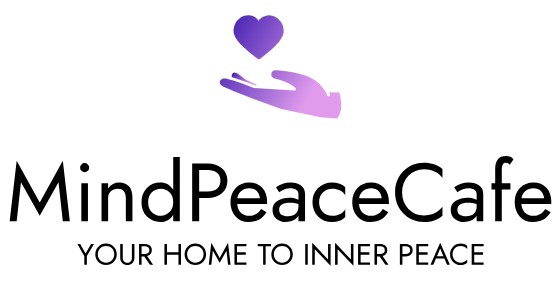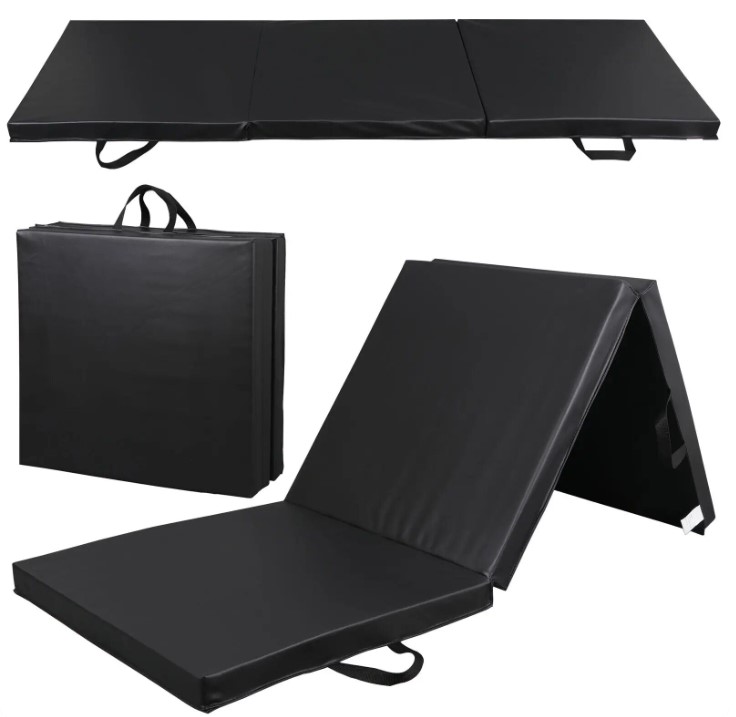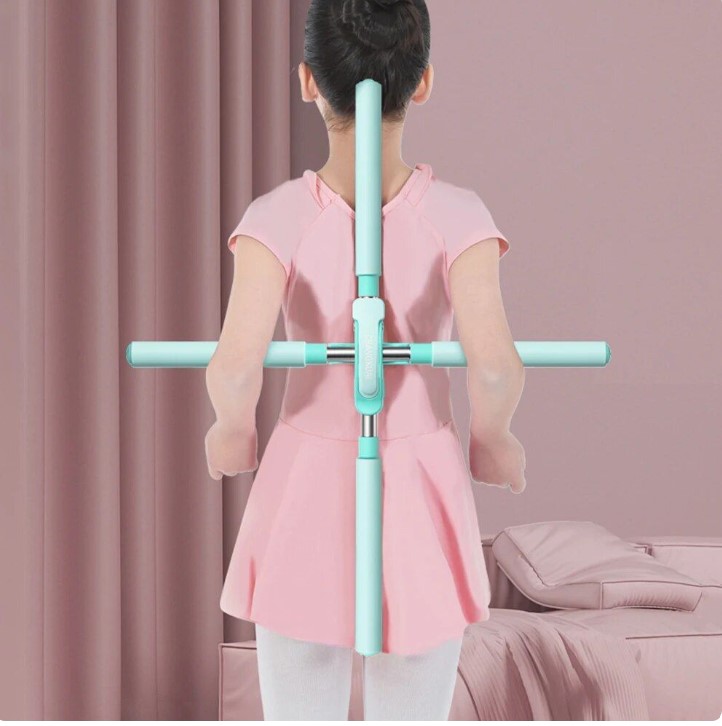Transform Your Living Space into a Peaceful Oasis for Mind, Body, and Spirit
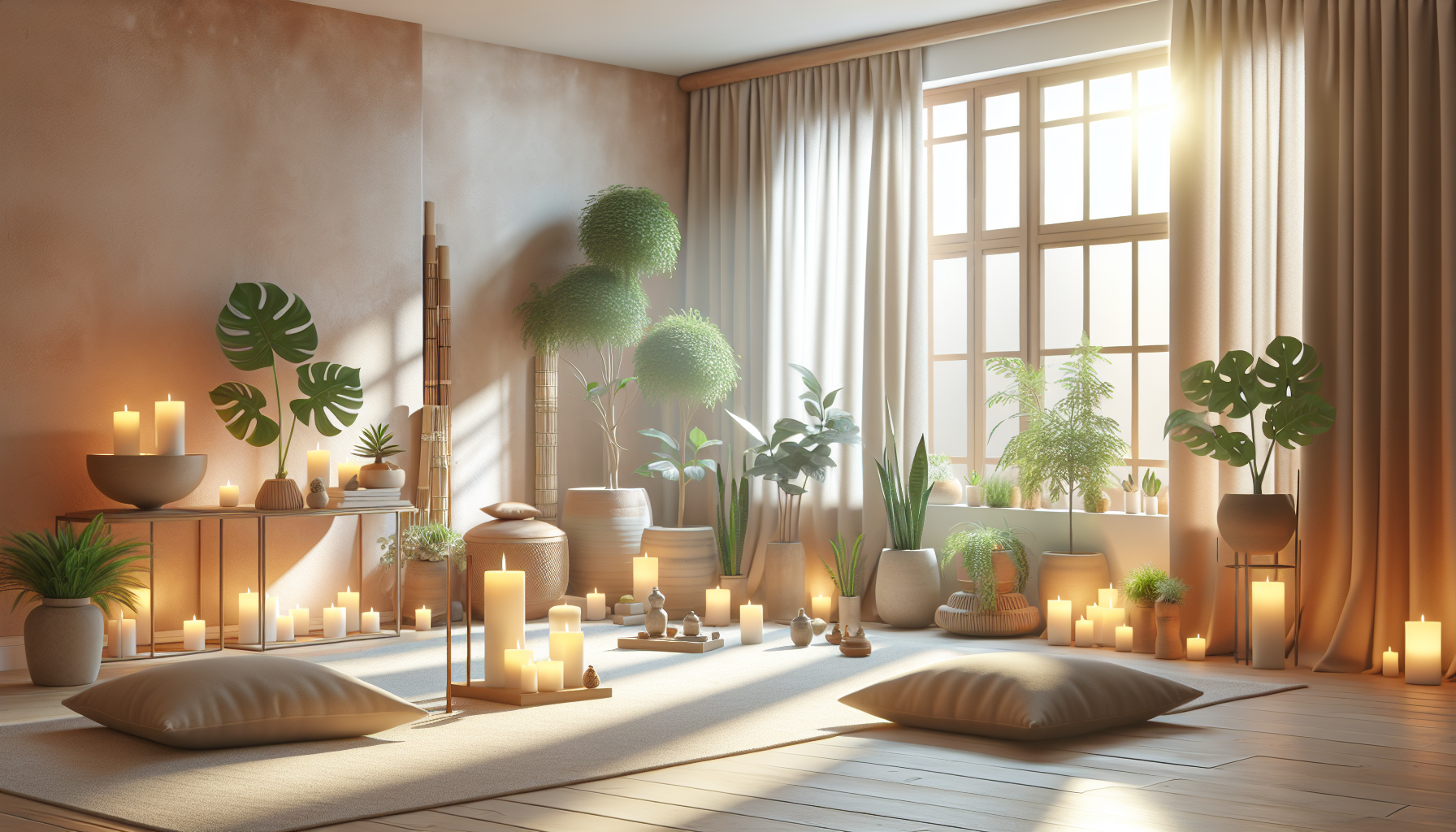
Cultivating a sense of peace and tranquility in our daily lives can be a daunting task, especially in today’s fast-paced world. However, what if we told you that creating a peaceful oasis in your own home is not only possible but also essential for your mental and emotional well-being? A karma-cleansing home sanctuary can be a powerful tool in improving your overall quality of life. By incorporating mindful design elements, calming aesthetics, and spiritual practices, you can create a space that not only rejuvenates your spirit but also cleanses your karma.
In this article, we’ll guide you through the process of creating a karma-cleansing home sanctuary on a budget. From selecting the perfect space to incorporating mindfulness and spiritual practices, we’ll provide you with practical tips and ideas to help you transform your living space into a peaceful haven. Whether you’re looking to reduce stress, improve your mood, or simply create a sense of calm, this article will show you how to achieve it without breaking the bank.
By the end of this article, you’ll be equipped with the knowledge and inspiration to create a home sanctuary that not only reflects your personal style but also nourishes your mind, body, and spirit. So, let’s get started on this journey of creating a peaceful and calming space that will help you cleanse your karma and improve your overall well-being.
1. The Power of a Karma-Cleansing Home Sanctuary
A well-designed home sanctuary has the power to transform your mental and emotional well-being. By creating a peaceful and calming environment, you can reduce stress, improve your mood, and even increase your sense of self-awareness. A karma-cleansing home sanctuary is not just a physical space, but a haven that nurtures your mind, body, and spirit. When your home is cluttered, chaotic, and overwhelming, it can negatively impact your mental health and overall well-being. On the other hand, a peaceful and calming environment can help you relax, focus, and recharge.
Studies have shown that our environment plays a significant role in shaping our mental and emotional state. A clutter-free and organized space can reduce feelings of anxiety and depression, while a calming color scheme can promote relaxation and reduce stress. Moreover, a well-designed home sanctuary can also improve your sleep quality, increase your energy levels, and enhance your creativity. By incorporating elements of nature, such as plants and natural light, you can create a space that feels rejuvenating and uplifting.
A karma-cleansing home sanctuary is not just a luxury, but a necessity for achieving a healthy work-life balance. By creating a space that nourishes your mind, body, and spirit, you can improve your overall quality of life. Whether you’re looking to reduce stress, improve your mood, or simply create a sense of calm, a well-designed home sanctuary can help you achieve your goals. In this article, we’ll explore the benefits of a karma-cleansing home sanctuary and provide you with practical tips and ideas to create your own peaceful oasis.
The Science Behind Karma Cleansing
The concept of karma cleansing is rooted in ancient spiritual traditions, particularly in Hinduism, Buddhism, and Jainism. Karma refers to the idea that every action, thought, and intention has a consequence, either positive or negative, that affects our lives and the world around us. Karma cleansing, therefore, is the process of releasing and purifying negative energies, patterns, and influences that may be holding us back from achieving our full potential.
From a psychological perspective, karma cleansing can be seen as a process of releasing emotional baggage, letting go of past traumas, and rewiring our minds to focus on the present moment. By releasing negative patterns and emotions, we can break free from cycles of suffering and create a more positive, compassionate, and peaceful reality. Karma cleansing can also be seen as a form of energetic hygiene, where we clear our energy fields of negativity, allowing us to attract more positive experiences and relationships into our lives.
The benefits of karma cleansing are multifaceted and can have a profound impact on our lives. By releasing negative karma, we can experience a sense of liberation, peace, and freedom. We can also improve our relationships, attract more positive experiences, and enhance our overall well-being. Furthermore, karma cleansing can help us develop a greater sense of self-awareness, compassion, and empathy, leading to a more harmonious and balanced life. By understanding the concept of karma cleansing, we can take the first step towards creating a more positive, peaceful, and fulfilling life.
Benefits of a Home Sanctuary
Having a peaceful and calming home sanctuary can have a profound impact on our overall well-being. One of the most significant benefits is the reduction of stress and anxiety. A clutter-free and organized space can help calm the mind and promote relaxation, allowing us to unwind and recharge after a long day. Furthermore, a home sanctuary can provide a sense of security and comfort, which is essential for our emotional and mental health. By creating a peaceful environment, we can reduce feelings of overwhelm and anxiety, leading to a more balanced and harmonious life.
A home sanctuary can also improve our mood and overall sense of happiness. A calming color scheme, carefully selected scents, and soothing music can all contribute to a sense of relaxation and tranquility. Additionally, a peaceful environment can foster creativity, inspiration, and a sense of calm, allowing us to tap into our inner reserves of positivity and enthusiasm. By incorporating elements of nature, such as plants and natural light, we can create a space that feels rejuvenating and uplifting.
Moreover, a home sanctuary can also improve our sleep quality, increase our energy levels, and enhance our focus and productivity. By creating a peaceful and calming environment, we can reduce distractions and promote a sense of clarity, allowing us to tackle our daily tasks with greater ease and efficiency. Furthermore, a home sanctuary can provide a sense of refuge and comfort, allowing us to recharge and rejuvenate in a world that is often fast-paced and overwhelming. By incorporating a home sanctuary into our daily lives, we can experience a greater sense of calm, clarity, and fulfillment.
2. Setting Up Your Home Sanctuary
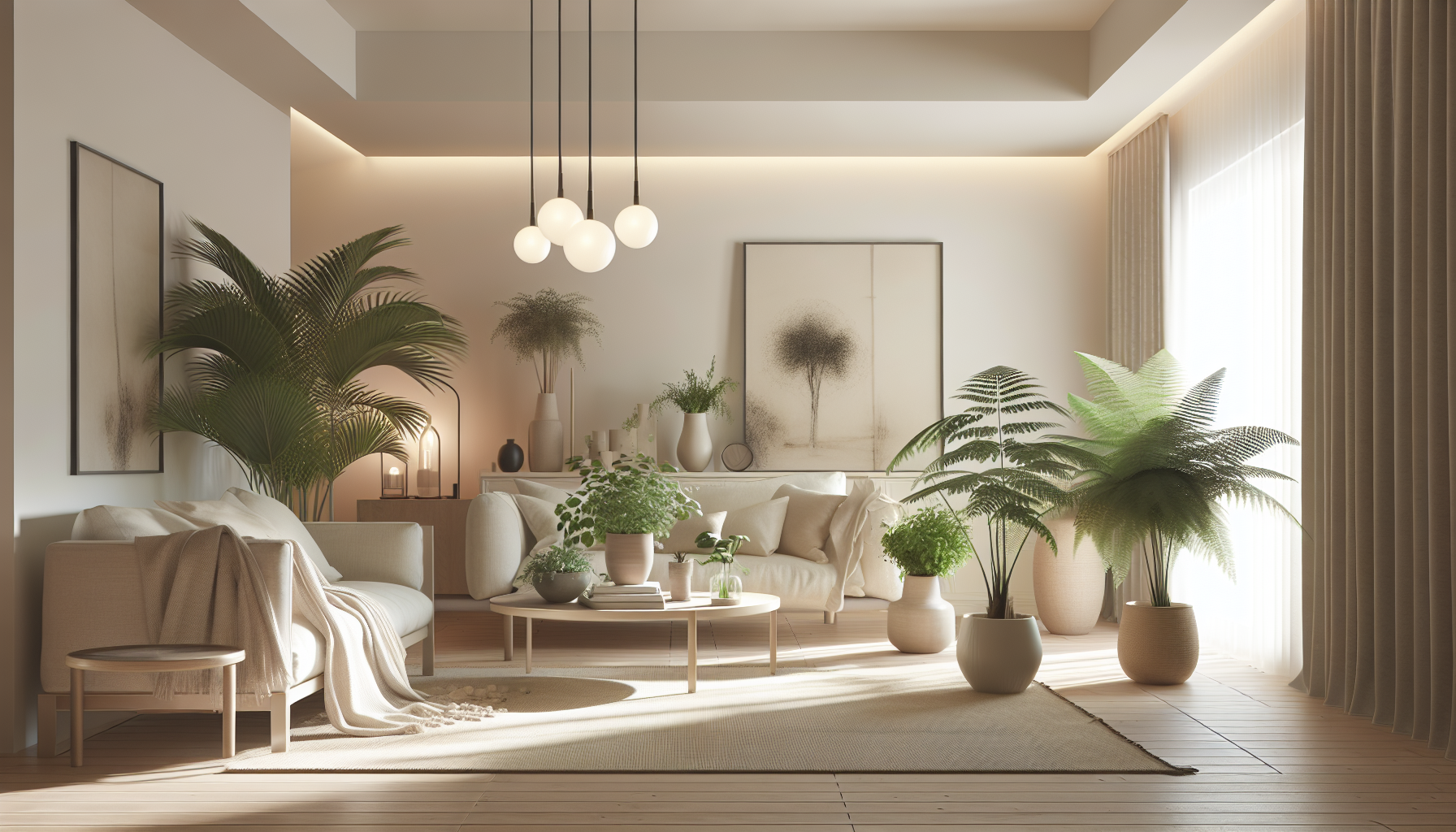
Setting up a home sanctuary is a journey that requires careful planning and intention. The first step is to identify a space in your home that can be dedicated to relaxation and self-care. This could be a corner of your bedroom, a spare room, or even a section of your backyard. Once you’ve identified the space, take some time to clear it of any clutter, dust, and debris. This is an essential step in creating a peaceful environment, as clutter can weigh heavily on our minds and emotions.
Next, consider the lighting and color scheme of your space. Soft, warm lighting can create a cozy and inviting atmosphere, while calming colors such as blue, green, and beige can promote relaxation. You may also want to consider adding some plants, which can help purify the air and create a sense of calm. Finally, think about the sounds and scents that will enhance your space. Soft music, nature sounds, and calming scents like lavender and vanilla can all contribute to a peaceful atmosphere.
Remember, creating a home sanctuary is a personal and intentional process. It’s about creating a space that reflects your unique needs and desires, and that provides a sense of comfort and refuge. Don’t be afraid to experiment and try out different elements until you find what works best for you. With a little patience and creativity, you can create a home sanctuary that nourishes your mind, body, and spirit.
Choosing the Right Space
When selecting a space for your home sanctuary, it’s essential to consider the energy and vibe of the area. Look for a space that is quiet, private, and away from high-traffic areas. A space with a calming view, such as a garden or a park, can also be beneficial. If you’re working with a small space, consider using a room divider or screen to create a sense of separation and intimacy.
Before setting up your home sanctuary, it’s crucial to declutter and purify the area. Start by removing any clutter, dust, and debris from the space. Then, take some time to smudge the area with sage or sweetgrass to remove any negative energies. You can also use a bell or a singing bowl to clear the space of any stagnant energy. Finally, take a few moments to meditate and set an intention for the space, visualizing how you want to feel when you’re in your sanctuary.
When decluttering your space, remember to keep only what brings you joy and serve a purpose. Consider donating or recycling items that are no longer needed. By creating a clutter-free space, you’ll be able to focus on what’s truly important – your well-being and relaxation. By following these tips, you’ll be able to select the perfect space for your home sanctuary and create a peaceful oasis that nourishes your mind, body, and spirit.
Essential Elements for a Calming Atmosphere
When it comes to creating a calming atmosphere, lighting plays a crucial role. Soft, warm lighting can create a cozy and inviting atmosphere, while harsh or bright lighting can be overwhelming and stimulating. Consider using table lamps, floor lamps, or string lights to create a warm and peaceful ambiance. You can also use natural light to your advantage by placing your sanctuary near a window or using mirrors to reflect natural light.
Color is another essential element in creating a calming atmosphere. Calming colors such as blue, green, and beige can promote relaxation and reduce stress. Consider using these colors on walls, furniture, and accessories to create a soothing atmosphere. Texture is also important, as it can add depth and visual interest to your space. Incorporate different textures such as velvet, linen, and wood to create a cozy and inviting atmosphere.
By incorporating these essential elements, you can create a peaceful and calming atmosphere that promotes relaxation and reduces stress. Remember, the key is to create a space that feels calm and inviting, so don’t be afraid to experiment and try out different lighting, color, and texture combinations until you find what works best for you. By doing so, you’ll be able to create a sanctuary that nourishes your mind, body, and spirit.
3. Budget-Friendly Design Ideas
Transforming your home sanctuary doesn’t have to break the bank. With a little creativity and resourcefulness, you can create a peaceful and calming atmosphere on a budget. One of the simplest and most effective ways to do this is through DIY decorations. Consider making your own candles, wall art, and plants to add a personal touch to your space. You can also repurpose items you already have, such as old mason jars, vases, and frames, to create unique and budget-friendly decorations.
Another budget-friendly design idea is to shop secondhand. Thrift stores, garage sales, and online marketplaces are treasure troves for unique and affordable items that can add character to your space. Consider looking for gently used furniture, rugs, and decorative items that can help create a peaceful and calming atmosphere. You can also get creative with paint and refinish old furniture to give it a new life.
Finally, don’t underestimate the power of simplicity. A minimalist design can be just as effective as a more elaborate one, and it’s often more budget-friendly. Consider using a simple color scheme, minimal ornamentation, and a few well-placed textiles to create a peaceful and calming atmosphere. By embracing simplicity and getting creative with DIY decorations and secondhand shopping, you can transform your home sanctuary without breaking the bank.
DIY Decorations for a Peaceful Vibe
Creating your own DIY decorations is a great way to add a personal touch to your home sanctuary and create a peaceful and calming atmosphere. One of the simplest and most effective DIY decorations is a candle. You can make your own candles using beeswax or soy wax and essential oils, and customize them to fit your personal style and preferences. Consider using calming scents like lavender or vanilla to promote relaxation and reduce stress.
Another DIY decoration that can add a peaceful vibe to your space is plants. Not only do plants purify the air and improve the aesthetic of your space, but they also have a calming effect on the mind and body. Consider using low-maintenance plants like succulents or air plants, and plant them in decorative pots or planters to add a touch of elegance to your space. You can also use plants to create a living wall or vertical garden, which can be a beautiful and calming addition to your home sanctuary.
Finally, consider creating your own wall art using natural materials like wood, stone, or fabric. You can use a combination of these materials to create a unique and calming piece of art that adds a personal touch to your space. Consider using calming colors and patterns, like nature-inspired imagery or geometric shapes, to promote relaxation and reduce stress. By creating your own DIY decorations, you can add a peaceful and calming atmosphere to your home sanctuary without breaking the bank.
Repurposing and Upcycling for a Unique Look
Repurposing and upcycling old items is a great way to create a unique and budget-friendly home sanctuary. By giving new life to old or discarded items, you can add a personal touch to your space and reduce waste. Consider repurposing old furniture, such as an old door turned into a headboard or a vintage window turned into a mirror. You can also upcycle old items like mason jars, bottles, or containers to create unique storage solutions or decorative pieces.
One of the best things about repurposing and upcycling is that it allows you to think outside the box and get creative. You can use old items to create functional pieces, such as a coffee table made from an old pallet or a lamp made from a vintage bottle. You can also use them to create decorative pieces, such as a wall art made from old maps or a vase made from an old jug.
By repurposing and upcycling old items, you can create a home sanctuary that is truly one-of-a-kind. You can also reduce waste, save money, and add a touch of personality to your space. So, next time you’re about to throw away an old item, think twice and see if you can give it a new life. With a little creativity, you can turn trash into treasure and create a home sanctuary that reflects your unique style and personality.
4. Incorporating Mindfulness and Spirituality
Incorporating mindfulness and spirituality into your home sanctuary can take your space to the next level. By creating a sacred space for meditation, yoga, or other spiritual practices, you can cultivate a deeper sense of connection and inner peace. Consider dedicating a specific area of your home to mindfulness and spirituality, such as a meditation room or a sacred altar. This can help you create a sense of separation from the rest of your living space and allow you to fully immerse yourself in your practice.
In addition to creating a dedicated space, you can also incorporate mindfulness and spirituality into your daily routine. Consider starting each day with a meditation or yoga practice, or setting aside time each evening to reflect on your gratitude and intentions. You can also incorporate spiritual symbols or artifacts into your home decor, such as a Buddha statue or a sacred geometric pattern. By doing so, you can create a sense of continuity and connection between your inner and outer worlds.
Remember, the key to incorporating mindfulness and spirituality into your home sanctuary is to make it personal and meaningful to you. Experiment with different practices and symbols until you find what resonates with you, and don’t be afraid to adapt and evolve your approach over time. By doing so, you can create a home sanctuary that truly nourishes your mind, body, and spirit.
Mindfulness Exercises for a Calmer You
Mindfulness exercises are a powerful tool for reducing stress and promoting relaxation. By incorporating these simple exercises into your daily routine, you can cultivate a greater sense of calm and clarity. One of the most effective mindfulness exercises is deep breathing. This involves focusing your attention on your breath, feeling the sensation of the air moving in and out of your body, and letting go of any thoughts or distractions. You can do this exercise anywhere, at any time, and it’s a great way to calm your mind and body.
Another mindfulness exercise is body scan meditation. This involves lying down or sitting comfortably, and bringing your attention to different parts of your body, starting from your toes and moving up to the top of your head. As you focus on each area, release any tension or discomfort, and allow yourself to relax and let go. You can also try mindful walking, where you focus on the sensation of your feet touching the ground, the movement of your legs, and the rhythm of your breath.
Mindfulness exercises can be done anywhere, at any time, and they’re a great way to take a break from the stresses of daily life. By incorporating these exercises into your routine, you can reduce stress, promote relaxation, and cultivate a greater sense of calm and clarity. Remember, the goal of mindfulness isn’t to achieve a specific state or stop your thoughts completely, but to cultivate awareness and acceptance of the present moment. With regular practice, you can develop a greater sense of mindfulness and live a more peaceful, calm, and fulfilling life.
Creating a Sacred Space for Spiritual Practices
Creating a sacred space for spiritual practices is essential for cultivating a deeper connection with oneself and the universe. A sacred space can be a designated area in your home, a corner of your bedroom, or even a outdoor space, where you can practice meditation, yoga, or other spiritual practices. The key is to create a space that feels calm, peaceful, and free from distractions. Consider using candles, incense, or essential oils to create a soothing atmosphere, and add plants or flowers to bring in a touch of nature.
When designing your sacred space, consider the elements that are important to your spiritual practice. For example, if you practice meditation, you may want to include a meditation cushion or chair, and a Buddha statue or other symbolic object. If you practice yoga, you may want to include a yoga mat, blocks, and straps. Whatever your practice, make sure to include elements that resonate with you and your intentions.
Remember, a sacred space is not just about the physical elements, but also about the energy and intention you bring to it. Take time to cleanse and consecrate your space, and make it a habit to regularly maintain and care for it. By doing so, you can create a space that feels truly sacred and supportive of your spiritual growth and development.
5. Maintenance and Evolution of Your Home Sanctuary
Maintenance and evolution are essential to keeping your home sanctuary a peaceful and calming oasis. Over time, your needs and preferences may change, and your space should adapt to reflect these changes. Regularly clean and declutter your space to remove any stagnant energy and make room for new additions. Consider redecorating or reorganizing your space to reflect your current style and needs.
It’s also important to regularly assess and adjust your space to ensure it continues to meet your needs. Ask yourself, ‘Is this space still serving me?’ or ‘What changes can I make to enhance my well-being?’ By regularly evaluating and adapting your space, you can ensure it remains a sanctuary that nurtures your mind, body, and spirit.
Remember, your home sanctuary is a reflection of your inner self, and it’s okay to make changes as you grow and evolve. Don’t be afraid to experiment with new ideas and try out different styles and designs. By doing so, you can create a space that is truly unique and reflective of your personality and spirit.
Regular Cleaning and Maintenance
Regular cleaning and maintenance are essential to keeping your home sanctuary peaceful and calming. A cluttered and dirty space can negatively impact your mental and emotional well-being, making it difficult to relax and unwind. By regularly cleaning and maintaining your space, you can create a sense of calm and serenity, allowing you to focus on your personal growth and well-being.
Cleaning and maintenance also help to remove stagnant energy and create a sense of freshness and renewal. This can be achieved by simply tidying up, dusting, and vacuuming regularly, as well as deep cleaning your space on a regular basis. Additionally, consider implementing a ‘one in, one out’ policy to prevent clutter from building up in the future.
By incorporating regular cleaning and maintenance into your routine, you can create a peaceful and calming atmosphere that promotes relaxation and reduces stress. Remember, a clean and well-maintained space is not only visually appealing, but it also contributes to a sense of well-being and calmness, allowing you to live a more balanced and fulfilling life.
Adapting Your Sanctuary to Changing Needs
As your life and circumstances change, your home sanctuary should adapt to meet your new needs. This may involve reconfiguring your space to accommodate a new hobby or interest, or simply rearranging your furniture to create a more functional and peaceful environment. By being open to change and willing to adapt your space, you can ensure that your home sanctuary continues to support your growth and well-being.
One way to adapt your sanctuary is to reassess your priorities and goals. Ask yourself, ‘What are my current needs and desires?’ and ‘How can my space support me in achieving these goals?’ This may involve creating a new area for a specific activity or hobby, or simply decluttering and organizing your space to reduce stress and increase productivity.
Remember, your home sanctuary is a reflection of your inner self, and it should evolve with you as you grow and change. By being flexible and open to adaptation, you can create a space that continues to nurture and support you, even as your needs and circumstances change.
How do I know if I need to adapt my home sanctuary?
If you’re feeling stuck, uninspired, or uncomfortable in your space, it may be time to adapt your home sanctuary. Additionally, if you’ve experienced a significant change in your life, such as a move, job change, or relationship shift, your space may need to adapt to support your new circumstances.
What are some common signs that my home sanctuary needs maintenance?
Common signs that your home sanctuary needs maintenance include clutter buildup, dust and dirt accumulation, and a general feeling of stagnation or discomfort. If you’re feeling stressed, anxious, or overwhelmed in your space, it’s likely time for some maintenance and cleaning.
How often should I clean and maintain my home sanctuary?
It’s recommended to clean and maintain your home sanctuary on a regular basis, such as weekly or bi-weekly, to prevent clutter and stagnation. However, the frequency of maintenance will depend on your personal needs and preferences, as well as the size and complexity of your space.
